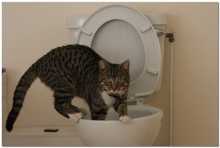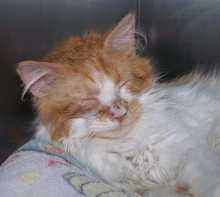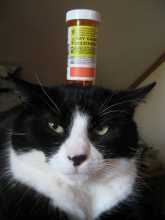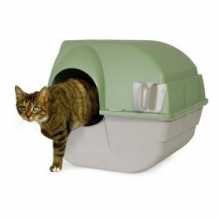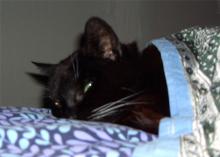How Having a Cat Changes Your Life
You know you're a cat owner if...
- You cover food before leaving it on the counter or table, even if you're only going to the bathroom or turning your back for a few minutes
- You avoid wearing black clothes, especially anything made of fabric that attracts cat hair
- You've learned not to toss and turn at night, lest you disturb the feline sleeping with you
- You close all toilet lids out of habit
- You choose furniture based on what will look the least like a scratching post to your cat
- When you decorate, you avoid putting knick knacks and other breakable objects on table tops, dresser tops, etc.
- You tend to put away (i.e., in drawers) small items such as pens when you are done with them, rather than leaving them on the table or your desk
- Your lap feels cold without a cat on it
Tonight my husband and I were doing a puzzle, which made me think about how many adjustments we make in our life because of our cats. I love doing puzzles, but we can't leave them out and work on them over several days, because our younger cat will play with the pieces. And just last weekend, we had another reminder of this: We were browsing (not seriously) new living room furniture, and many of the couches were upholstered in the yarny, roughly woven kind of fabric that my cats love to scratch.
I don't mind making these adjustments for my cats, of course -- the positive things, like the warmth of a sleeping, purring cat on my lap or keeping my legs warm in bed, make it more than worthwhile to make these little, ultimately unimportant changes to my life!

